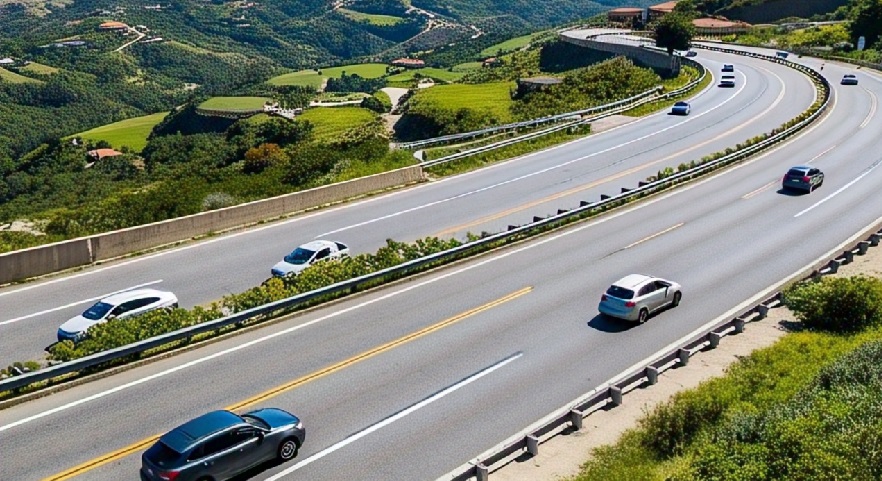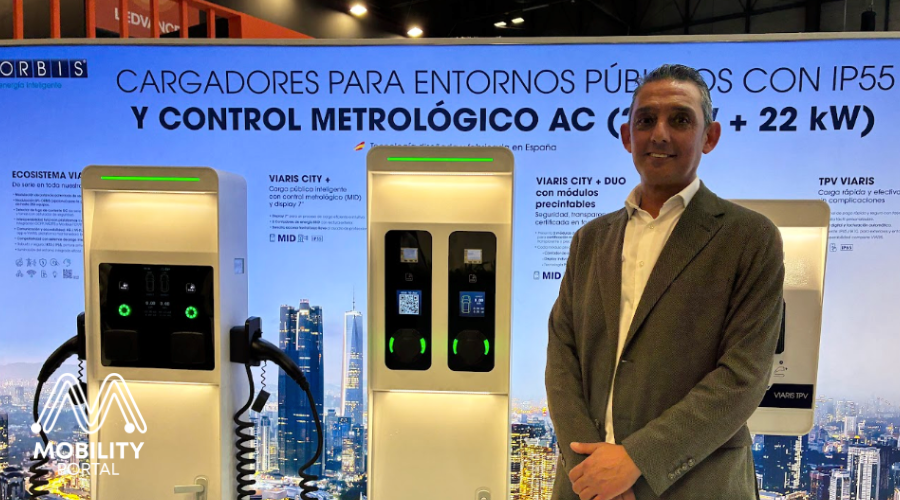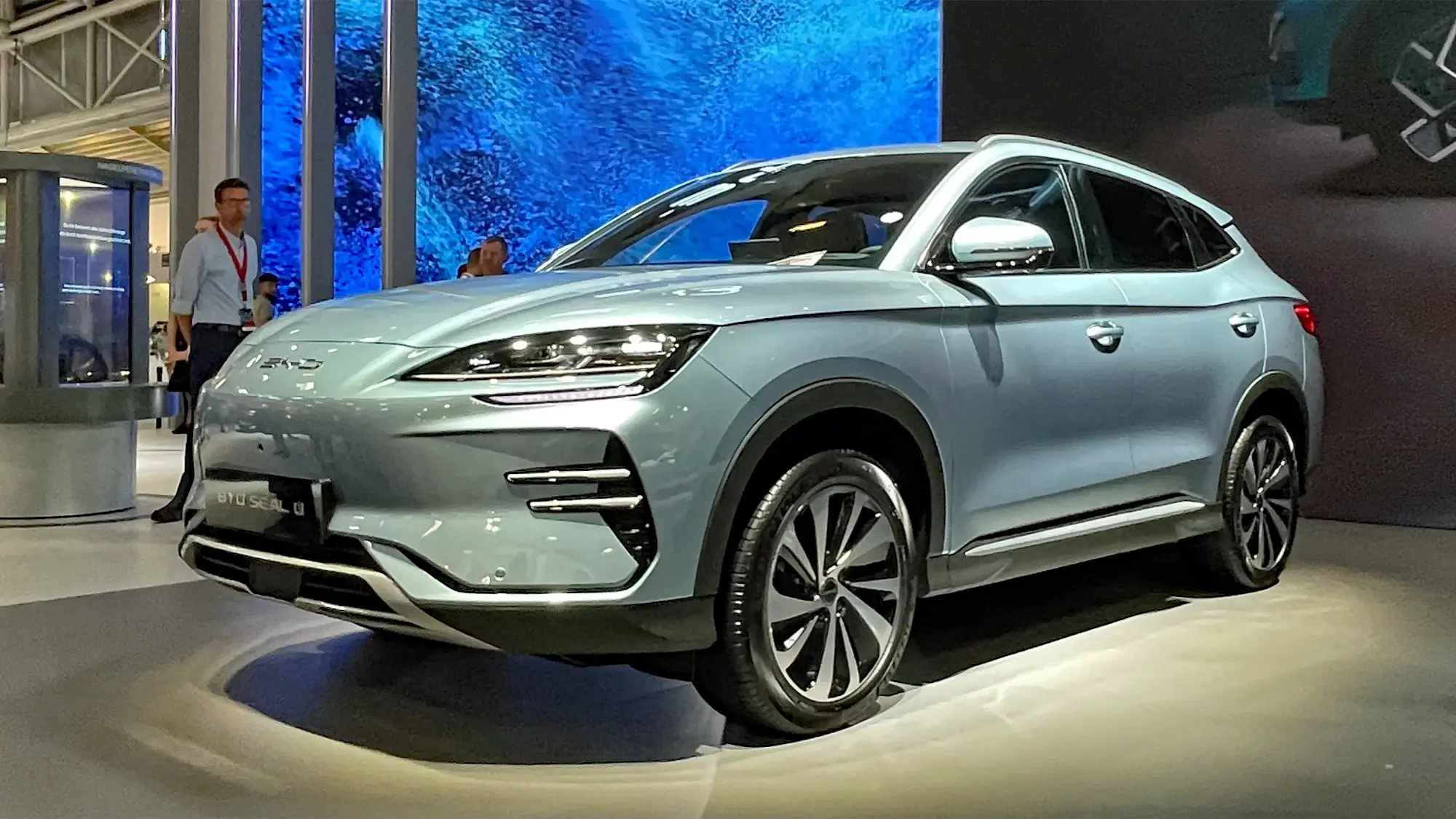Global sales of pure electric vehicles (BEVs) grew by 29% year-on-year in the first quarter of 2025, according to figures released by Rho Motion.
This increase highlights the ongoing momentum of vehicle electrification worldwide, driven by public policies, technological innovation and growing consumer adoption.
Europe stands out as the leading region in this transformation, with a 22% increase in BEV registrations.
However, there are significant differences across major national markets.
Spain leads Europe’s electric surge
Spain tops the European growth chart with a 67% rise in pure electric vehicle sales.
Close behind is Italy, with a 64% year-on-year increase.
The United Kingdom also posts a strong result with over 40% growth, while Germany — Europe’s largest automotive market — records a 37% increase.
France moves against the trend
In contrast to the overall positive trend, France reports an 18% drop in pure electric vehicle sales.
The figure is notable and sharply diverges from its neighbouring countries, raising questions about the unique barriers in the French market.
While the statement does not specify reasons for the decline, the drop comes at a time when the rest of the continent is expanding its electric mobility footprint.
Global trends and the need to sustain momentum
Europe’s acceleration fits within a broader global upswing, with similar growth observed in North America and China, according to Rho Motion.
E-Mobility Europe says: “To keep up this momentum, an enabling regulatory framework for e-mobility is key. Rapid delivery of the Automotive Action Plan is crucial to implement further demand-side measures, ensuring e-mobility becomes the most popular powertrain.”
“Consumers are ready to make the switch to EVs, and more affordable vehicle options will drive this transition even faster.”
READ MORE
-
Connectivity, DC and high power: ORBIS’ three technology bets for eMobility charging in 2026
ORBIS is heading into 2026 with a clear technological focus: stronger connectivity, further development of its DC solutions and a decisive push towards high-power charging. The Spanish manufacturer is fine-tuning its portfolio to align with the evolving European regulatory framework, while introducing its new Viaris ISI charger.
-
The charger’s ‘face’: why the HMI decides the success—or failure—of public chargers
Touchscreens at charge points act as the human–machine interface (HMI). If the interface fails, so does the charger. How can we ensure an optimal customer experience?
-
EV panorama in Europe: electric cars pass the 20% mark as BYD steps up its EU push
Europe’s electric vehicle market continues to gain ground: battery-electric cars exceed a 20% monthly share in November, BYD triples its registrations, and Tesla extends its loss of momentum, according to the latest data from ACEA.










